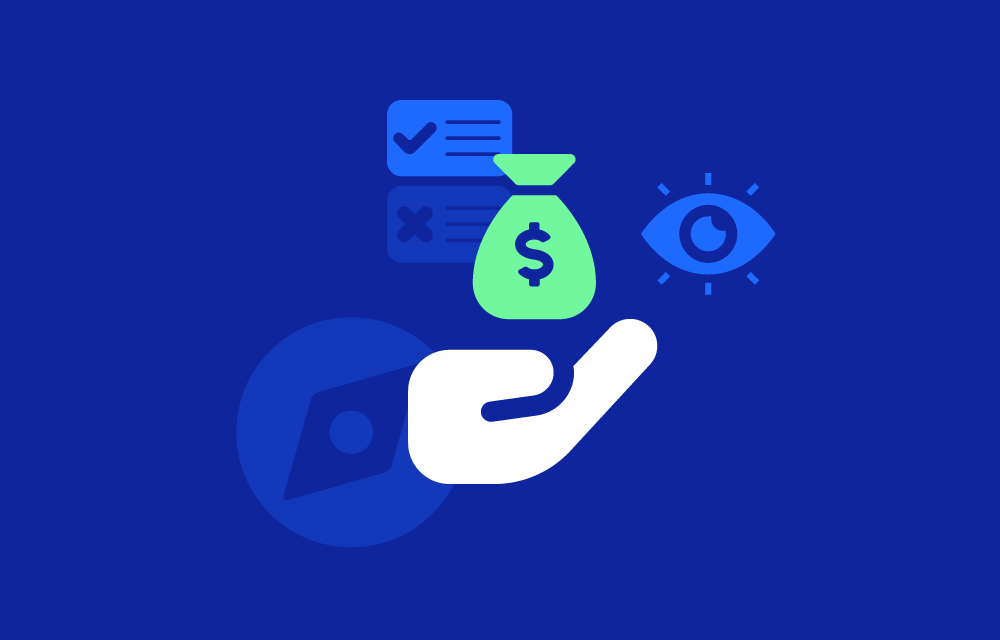History
The concept of cloud cost visibility has evolved alongside the growth of cloud computing. In the early days of cloud adoption, organizations primarily focused on the flexibility and scalability benefits of the cloud, often overlooking cost management. As cloud usage grew, so did the complexity of billing, leading to the need for better cost tracking and management tools.
With the increasing focus on optimizing cloud spend, the FinOps (Financial Operations) movement emerged. FinOps represents a cultural practice and discipline that brings financial accountability to the variable spend model of cloud, enabling distributed teams to make business trade-offs between speed, cost, and quality. The development of FinOps has significantly influenced the evolution of cloud cost visibility, providing a structured approach to managing cloud expenses.
According to Gartner, worldwide end-user spending on public cloud services is forecast to grow 20.4% to total $679 billion in 2024, up from $591.8 billion in 2023. This exponential growth highlights the critical need for robust cloud cost visibility solutions to manage and optimize this significant expenditure.
Value proposition
Cloud cost visibility offers several benefits to organizations:
- Financial Control: Helps in budgeting and forecasting by providing accurate cost data.
- Resource Optimization: Identifies underutilized resources, enabling cost-saving measures.
- Accountability: Ensures different departments and teams are aware of their cloud spending, promoting responsible usage.
- Strategic Decision-Making: Provides insights that support strategic planning and investment in cloud resources.
Challenges
Despite its benefits, achieving cloud cost visibility comes with challenges:
- Complex Billing Structures: Cloud providers often have complex and varied pricing models that are difficult to track.
- Scalability Issues: As organizations scale, tracking and managing costs across multiple services and regions becomes increasingly difficult.
- Data Silos: Disparate systems and lack of integration can lead to incomplete or inaccurate cost data.
- Dynamic Environment: The dynamic nature of cloud resources, such as auto-scaling and on-demand usage, can complicate cost tracking.
Key features
Key features of cloud cost visibility tools include:
- Cost allocation: The ability to allocate costs to specific departments, projects, or teams.
- Real-Time monitoring: Real-time tracking of cloud spending.
- Detailed reporting: Comprehensive reports that provide insights into spending patterns and trends.
- Alerts and notifications: Alerts for unusual spending patterns or when budgets are exceeded.
- Integration capabilities: Integration with other financial and operational systems for holistic cost management.
Types of cloud cost visibility
- Historical Trends: Tracking past spending patterns to identify trends and forecast future costs.
- Time Dimensions: Viewing costs over different time periods (daily, weekly, monthly, yearly) to understand spending fluctuations.
- Departmental Usage: Breaking down costs by department or team to see how different parts of the organization are utilizing cloud resources.
- Resource-Specific Costs: Analyzing costs associated with specific resources like compute, storage, and networking.
- Project-Based Visibility: Tracking costs for specific projects to manage budgets and improve project management.
- Geographic visibility: Viewing costs based on geographic regions to optimize resource allocation and usage.
- Service-Specific Costs: Breaking down costs by specific cloud services to understand where the majority of expenses are coming from.
- Cost Allocation Tags: Using tags to categorize and manage costs according to business units, projects, or cost centers.
Market
The market for cloud cost visibility solutions is expanding rapidly as organizations increasingly seek to optimize their cloud spending. The demand for detailed cost insights and management capabilities is driving innovation and growth in this sector.
The market for cloud cost management and optimization tools is also experiencing substantial growth. Research from IDC indicates that the global market for cloud cost management and optimization tools was valued at approximately $1.9 billion in 2021 and is expected to grow at a compound annual growth rate (CAGR) of 24.5% from 2021 to 2026, reaching $5.57 billion by 2026【source】. This growth reflects the increasing need for tools that provide visibility and control over cloud spending.
The market includes numerous software providers offering a range of tools to help organizations gain visibility into their cloud costs. There are over 50 notable vendors in this space, providing a variety of features tailored to different needs and scales. These vendors include both cloud service providers with native tools and third-party solutions offering more advanced and multi-cloud capabilities.
List of cloud service providers offering cloud cost visibility
- Amazon Web Services (AWS): AWS Cost Explorer, AWS Budgets.
- Microsoft Azure: Azure Cost Management and Billing.
- Google Cloud Platform (GCP): Google Cloud Cost Management.
- IBM Cloud: IBM Cost and Asset Management.
- Oracle Cloud: Oracle Cloud Infrastructure Cost Management.
List of third-Party software offering cloud cost visibility
- Zesty
- Turbonomic
- Apptio Cloudability
- Densify
- Spot.io



